Estimated reading time: 9 minutes
Introduction
In the realm of contemporary interior design, the bathroom has transcended its traditional boundaries, evolving into a sanctuary that combines functionality with artistic expression. A pivotal element in this evolution is architectural concrete – a material once relegated to the exteriors and now a cornerstone in modern bathroom aesthetics. This article delves into the world of architectural concrete, exploring its versatility, durability, and unparalleled style. Far from being just a utilitarian space, today’s bathrooms adorned with architectural concrete emerge as epitomes of modern elegance. We will uncover the benefits of this material, provide creative design ideas, and highlight how integrating wooden elements, such as the exquisite bathtubs and sinks by Szkilnik Design, can elevate the overall ambiance. Finally, we’ll share essential maintenance tips to ensure the lasting beauty of architectural concrete in your bathroom oasis.
Introduction to Architectural Concrete
Architectural concrete, a term that resonates with strength and durability, has made a profound leap from being a structural necessity to a key element in modern interior design. In the context of bathroom design, it presents an opportunity to infuse a space with both character and elegance.
The Emergence of Architectural Concrete in Interior Design
The journey of architectural concrete from an industrial material to a beloved design element is nothing short of remarkable. Initially valued for its strength and resilience in construction, architects and designers soon recognized its aesthetic potential. Its raw, textural beauty brings a unique element to interior spaces, making it a popular choice for contemporary homes.
The Aesthetic Appeal of Concrete in Bathrooms
In the bathroom, architectural concrete offers a minimalist yet sophisticated charm. Its subtle color variations and tactile surface create an ambiance of serene, understated luxury. The natural grey tones of concrete pair seamlessly with various color palettes, lending themselves to a range of design styles from rustic to ultra-modern.
Architectural Concrete as a Canvas
One of the most intriguing aspects of architectural concrete is its versatility as a canvas. Whether polished to a smooth finish or left in its natural state for a more textured look, it allows for a plethora of design interpretations. This versatility extends to various applications in the bathroom, from walls and floors to countertops and shower enclosures.
Sustainability and Eco-Friendliness
Sustainability is at the heart of architectural concrete’s appeal. As a material that requires minimal processing and can be locally sourced, it reduces environmental impact. Additionally, its longevity means less frequent replacements, further contributing to its eco-friendly credentials.
The Emotional Impact of Concrete Spaces
There’s an emotional depth to spaces designed with architectural concrete. They evoke a sense of calm and grounding, akin to being in touch with nature. This connection is particularly desirable in a bathroom setting, where relaxation and rejuvenation are key.
In conclusion, architectural concrete in bathroom design is not just a trend but a timeless approach to creating spaces that resonate with both aesthetic appeal and functional robustness. Its ability to harmonize with various design elements makes it a versatile choice for those looking to create a bathroom that is both a retreat and a reflection of modern elegance.
Benefits of Architectural Concrete in Bathrooms
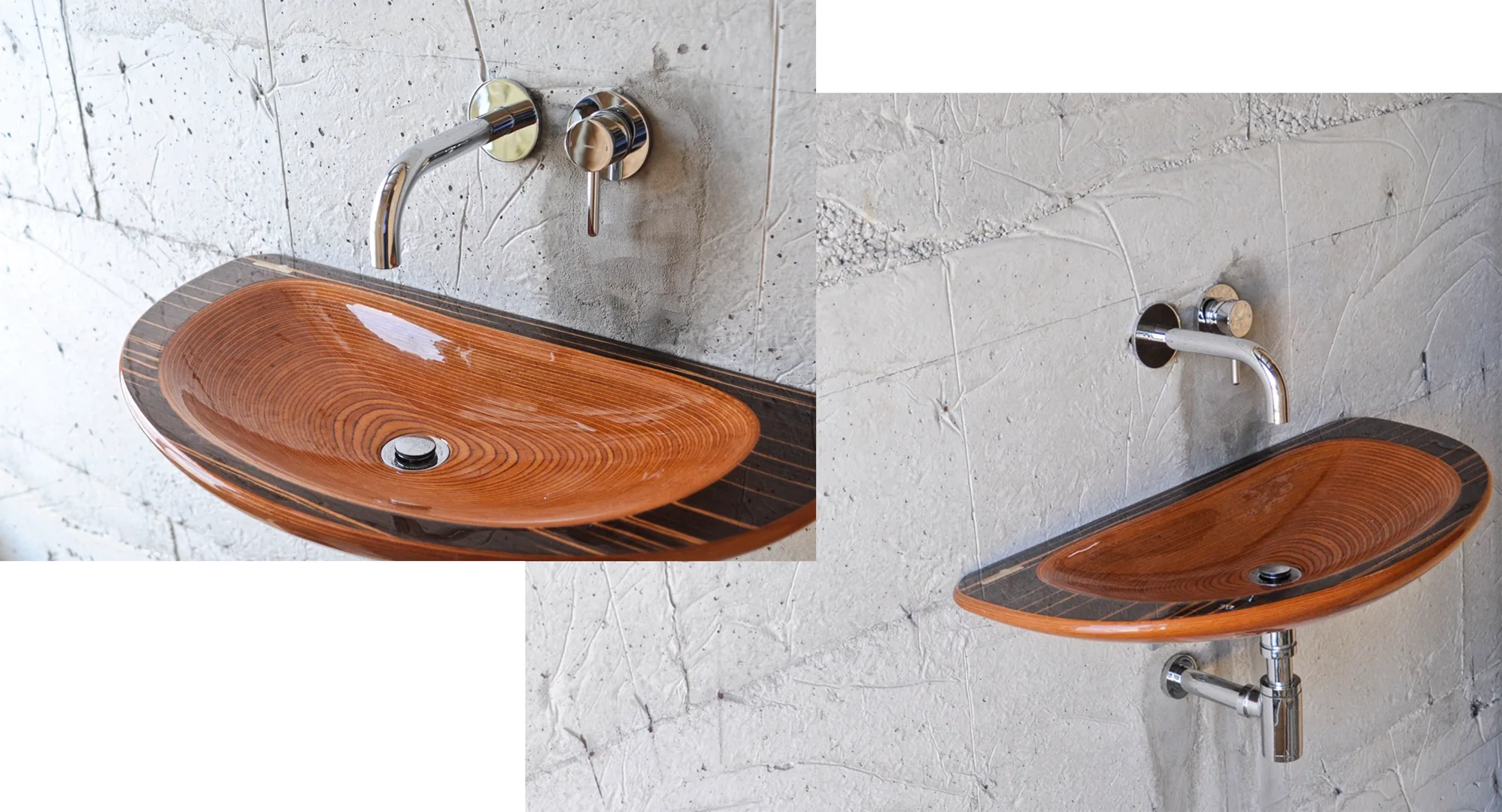
Architectural concrete is not just a visually striking material; it also offers a multitude of benefits that make it ideal for bathroom environments. Here, we explore the key advantages of incorporating architectural concrete into your bathroom design.
Durability and Resilience
One of the most significant benefits of architectural concrete is its durability. Bathrooms, being high-moisture environments, require materials that can withstand constant exposure to water and humidity. Architectural concrete excels in this regard, offering a robust and long-lasting solution. Its resistance to mold, mildew, and water damage makes it a practical choice for bathrooms.
Versatility in Design
Architectural concrete is incredibly versatile. It can be molded into various shapes and finished with different textures, allowing for a wide range of design possibilities. From sleek, polished surfaces to rustic, textured finishes, architectural concrete can adapt to any aesthetic. This versatility extends to its compatibility with other materials, making it easy to pair with elements like glass, metal, or wood.
Aesthetic Value
Architectural concrete brings a unique aesthetic value to bathrooms. Its raw, natural look adds character and depth to the space. The subtle variations in texture and color inherent in concrete create a visually interesting and sophisticated environment. Its neutral color palette also makes it a perfect backdrop for highlighting other design features.
Low Maintenance
Ease of maintenance is another appealing aspect of architectural concrete. It requires minimal upkeep, with regular cleaning usually sufficient to maintain its appearance. Unlike some materials that may need frequent sealing or special cleaners, architectural concrete is hassle-free, making it an ideal choice for busy lifestyles.
Eco-Friendly and Sustainable
For those concerned with sustainability, architectural concrete is an eco-friendly option. It is often made with recycled materials and can be locally sourced, reducing its carbon footprint. Its durability also means it doesn’t need to be replaced often, contributing to less waste over time.
In summary, architectural concrete offers a blend of durability, versatility, aesthetic appeal, low maintenance, and sustainability, making it an increasingly popular choice for modern bathroom designs.
Design Ideas with Architectural Concrete
Architectural concrete is not only a functional material but also a canvas for creativity in bathroom design. Here are some innovative ways to incorporate this versatile material into your bathroom, creating a space that is both beautiful and practical.
Statement Walls and Floors
One of the most striking uses of architectural concrete is in creating statement walls or floors. A concrete feature wall can act as a focal point, bringing a raw, industrial yet elegant feel to the bathroom. Similarly, concrete floors are not only durable but can also be customized with different textures and finishes, ranging from smooth and polished to rough and rustic.
Integrated Shelving and Niches
Architectural concrete allows for the integration of shelving and niches directly into the walls, providing a seamless and functional design element. These built-in features can be used to display decorative items or store bathroom essentials, contributing to a clutter-free space.
Concrete Countertops
Concrete countertops are another excellent way to incorporate this material into your bathroom. They offer a sturdy and stylish surface for your vanity and can be designed to complement other concrete elements in the space. The ability to customize their shape, size, and finish makes concrete countertops a versatile choice.
Accentuating with Lighting
Lighting plays a crucial role in showcasing the beauty of architectural concrete. Strategic placement of light fixtures can highlight the material’s texture and color variations, enhancing the overall ambiance of the bathroom. Consider using a mix of overhead, ambient, and accent lighting to create a warm and inviting space.
Incorporating architectural concrete into your bathroom not only adds a touch of modern sophistication but also ensures a design that is both timeless and unique.
Complementing Concrete with Wooden Elements
While architectural concrete brings a unique and modern look to bathroom designs, pairing it with wooden elements can add warmth and texture, creating a harmonious balance. This section explores how wooden features, especially the stunning bathtubs and sinks by Szkilnik Design, can enhance the appeal of a concrete-themed bathroom.
The Contrast of Materials
The combination of concrete and wood creates a compelling contrast in texture and color. The cool, smooth surface of concrete pairs beautifully with the warm, natural grain of wood. This juxtaposition adds depth and interest to the bathroom design, making it visually appealing.
Wooden Bathtubs and Sinks by Szkilnik Design
Szkilnik Design’s wooden bathtubs and sinks are exemplary of craftsmanship and style. These pieces serve as artistic focal points in a concrete bathroom, offering an organic touch that softens the industrial feel of concrete. Their sleek and elegant designs harmonize seamlessly with the minimalist aesthetic of architectural concrete, providing a luxurious bathing experience.
Integrating Wooden Accents
Wooden accents can be integrated into a concrete bathroom in various ways. Wooden shelves, mirror frames, or vanity units add functional elegance. The natural texture of wood complements the concrete, enhancing the overall warmth of the space.
The Play of Light and Shadow
Incorporating wooden elements in a bathroom with architectural concrete also plays a significant role in the interplay of light and shadow. Wood’s natural ability to reflect light adds a new dimension to the bathroom, especially when combined with well-placed lighting fixtures. This interplay brings out the best in both materials, creating a dynamic and inviting atmosphere.
Sustainability and Eco-Friendliness
Both architectural concrete and wood can be sustainable choices, particularly when sourced responsibly. Using these materials in tandem not only creates a visually stunning bathroom but also contributes to an eco-friendly design ethos.
In conclusion, the fusion of architectural concrete and wooden elements, particularly the exquisite designs by Szkilnik Design, results in a bathroom that exudes modern elegance and natural warmth, offering a serene and luxurious retreat.
Maintenance and Longevity
Maintaining the beauty and functionality of architectural concrete in the bathroom is crucial for ensuring its longevity. This section provides essential tips for preserving the pristine condition of concrete surfaces and elements.
Regular Cleaning
Regular cleaning is key to maintaining architectural concrete. Use mild, pH-neutral cleaners to avoid damaging the surface. Avoid abrasive tools and harsh chemicals, which can erode the concrete’s sealant and finish. For daily maintenance, a soft cloth or sponge with warm water is usually sufficient.
Sealing Concrete Surfaces
Sealing is vital for protecting concrete from moisture, stains, and wear. High-quality sealants not only preserve the look of the concrete but also extend its lifespan. It’s advisable to reseal concrete surfaces every few years, depending on usage and exposure to water.
Preventing Stains and Damage
Quickly addressing spills and avoiding harsh substances can prevent stains and damage to concrete surfaces. Use coasters or mats under toiletry products, especially those that contain dyes or acids, to avoid direct contact with the concrete.
Repairing Minor Imperfections
Small chips or cracks in concrete can be repaired to prevent further damage. Use a concrete patching compound for minor repairs, ensuring it matches the color and texture of your surfaces. For larger issues, it’s best to consult a professional.
Long-term Care and Inspection
Regular inspection of concrete surfaces can help identify potential problems early. Look for signs of wear, such as fading or discoloration, and address them promptly. With proper care, architectural concrete can last for decades, retaining its beauty and integrity.
In summary, with regular cleaning, proper sealing, stain prevention, timely repairs, and ongoing inspection, architectural concrete in your bathroom will continue to be a durable and attractive feature for years to come.
Conclusion
The journey through the realm of architectural concrete in bathroom design reveals a world where functionality meets artistry. This material, once purely industrial, has been transformed into a symbol of modern elegance and sophistication. Its durability, versatility, and aesthetic appeal make it an ideal choice for those seeking to create a bathroom that is not just a space for routine but a sanctuary of relaxation and style.
Pairing architectural concrete with elements like the exquisite wooden bathtubs (see history of wooden bathtubs) and sinks by Szkilnik Design enhances this experience, offering a touch of organic warmth to the cool, refined ambiance of concrete. The possibilities for customization and creativity are boundless, allowing each bathroom to reflect the unique tastes and preferences of its owner.
Moreover, the practical benefits of architectural concrete, such as its low maintenance and eco-friendly nature, align with the contemporary ethos of sustainability and mindful living. By choosing this material, homeowners are making a statement about their commitment to both style and stewardship of the environment.
In conclusion, architectural concrete in the bathroom stands as a testament to the beauty of modern design, where the blending of materials and textures opens up new horizons of interior decoration. It’s an invitation to redefine the bathroom, not just as a functional space but as a haven of personal expression and serene luxury.
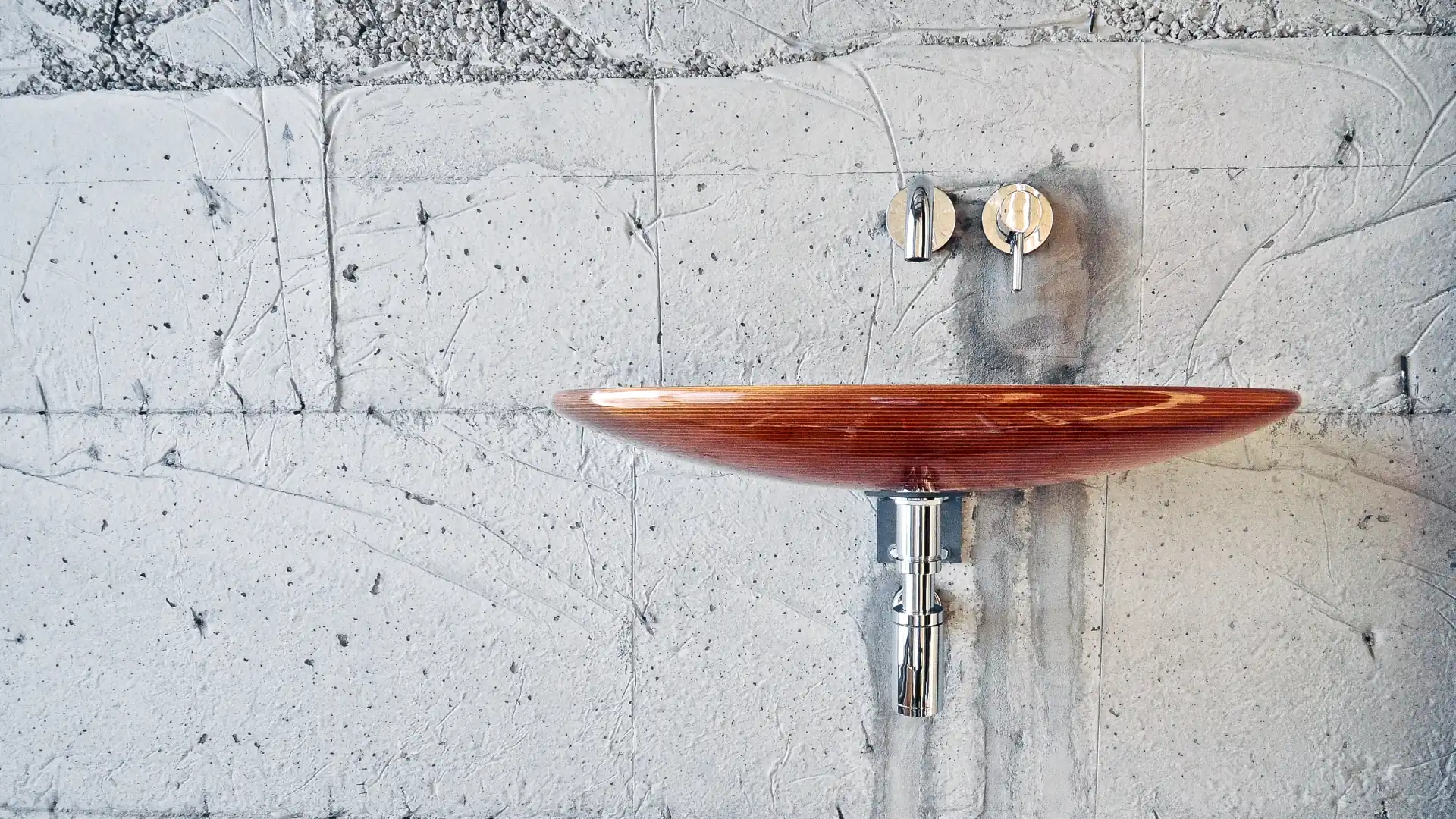
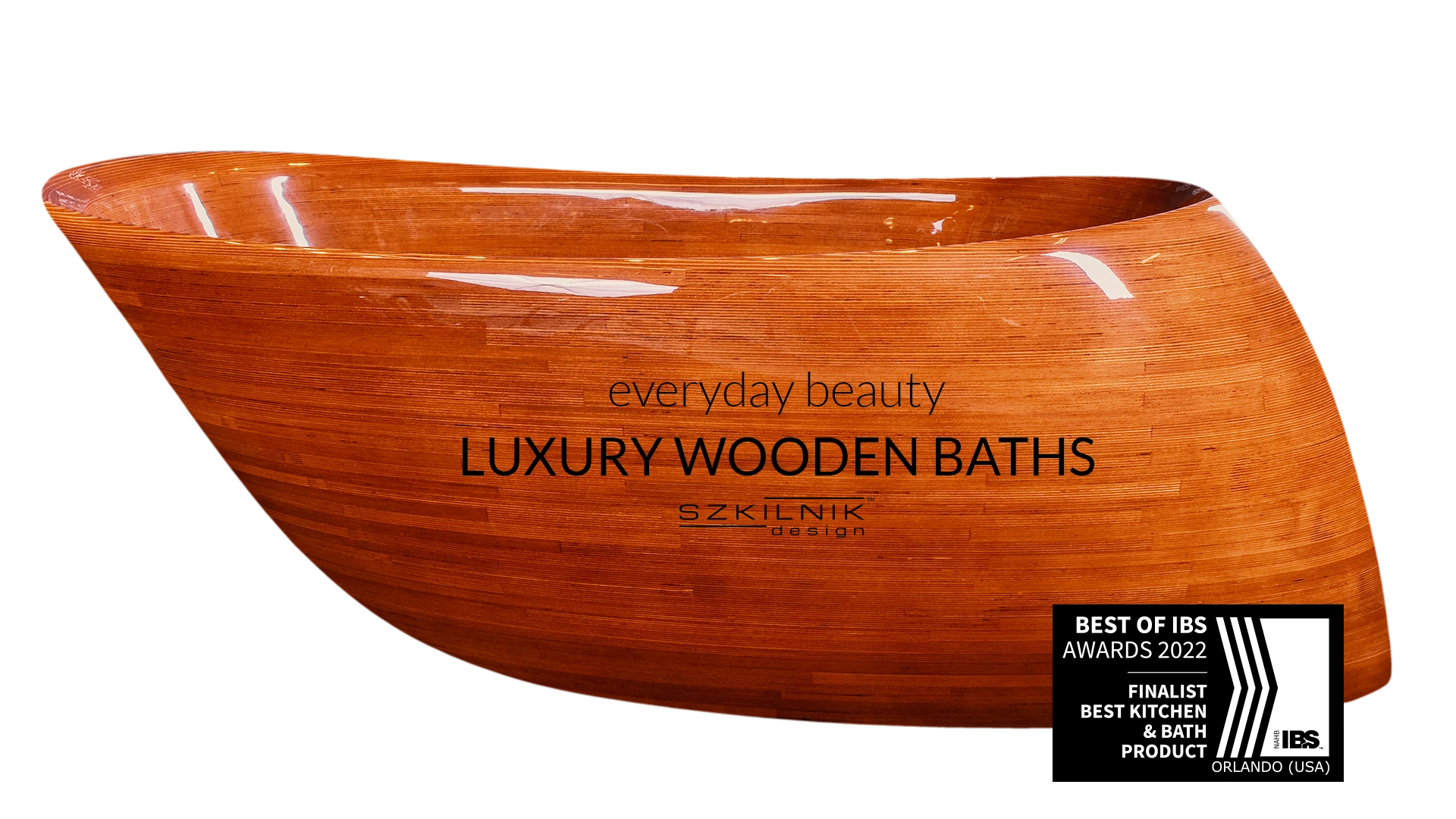

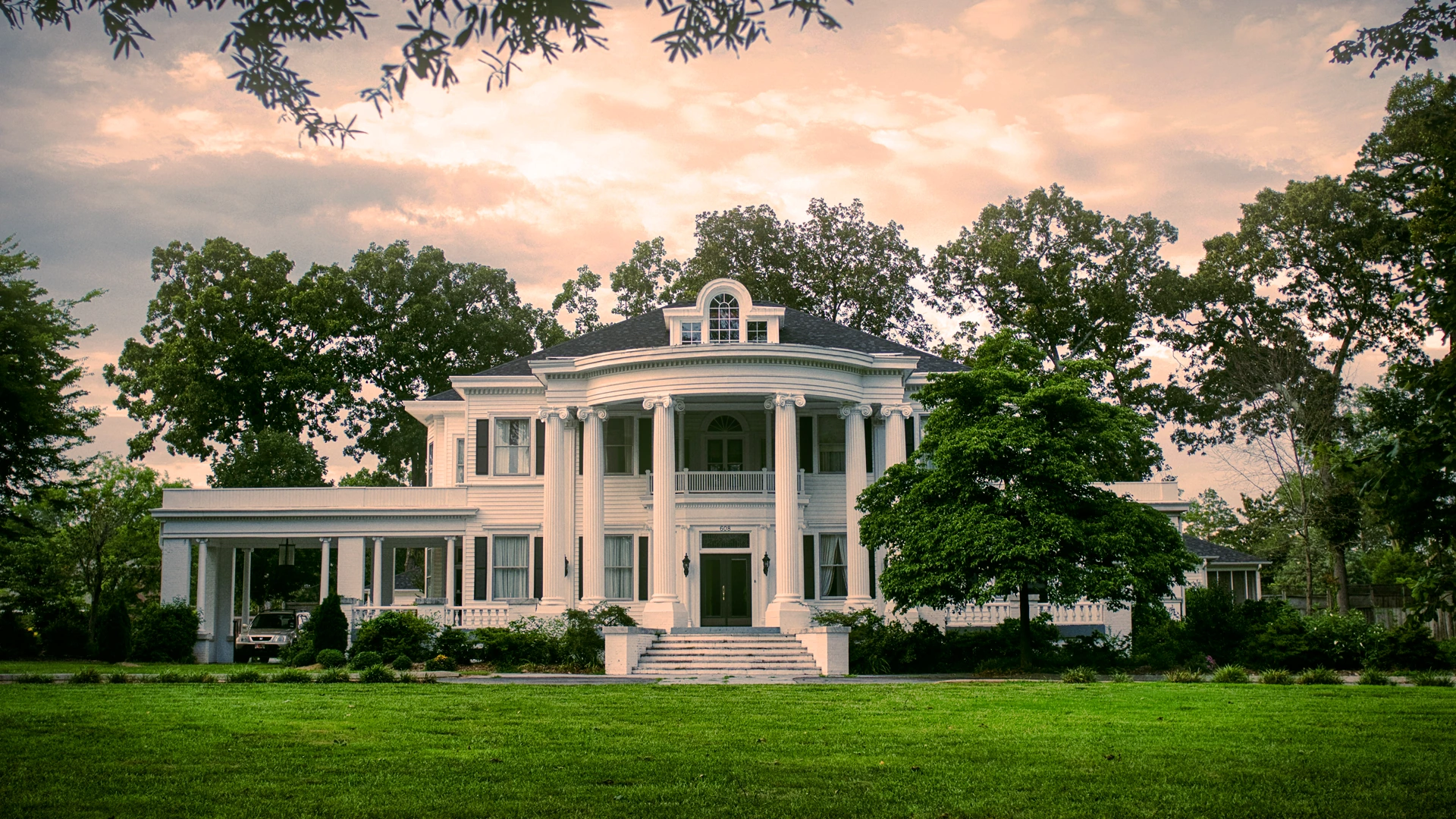
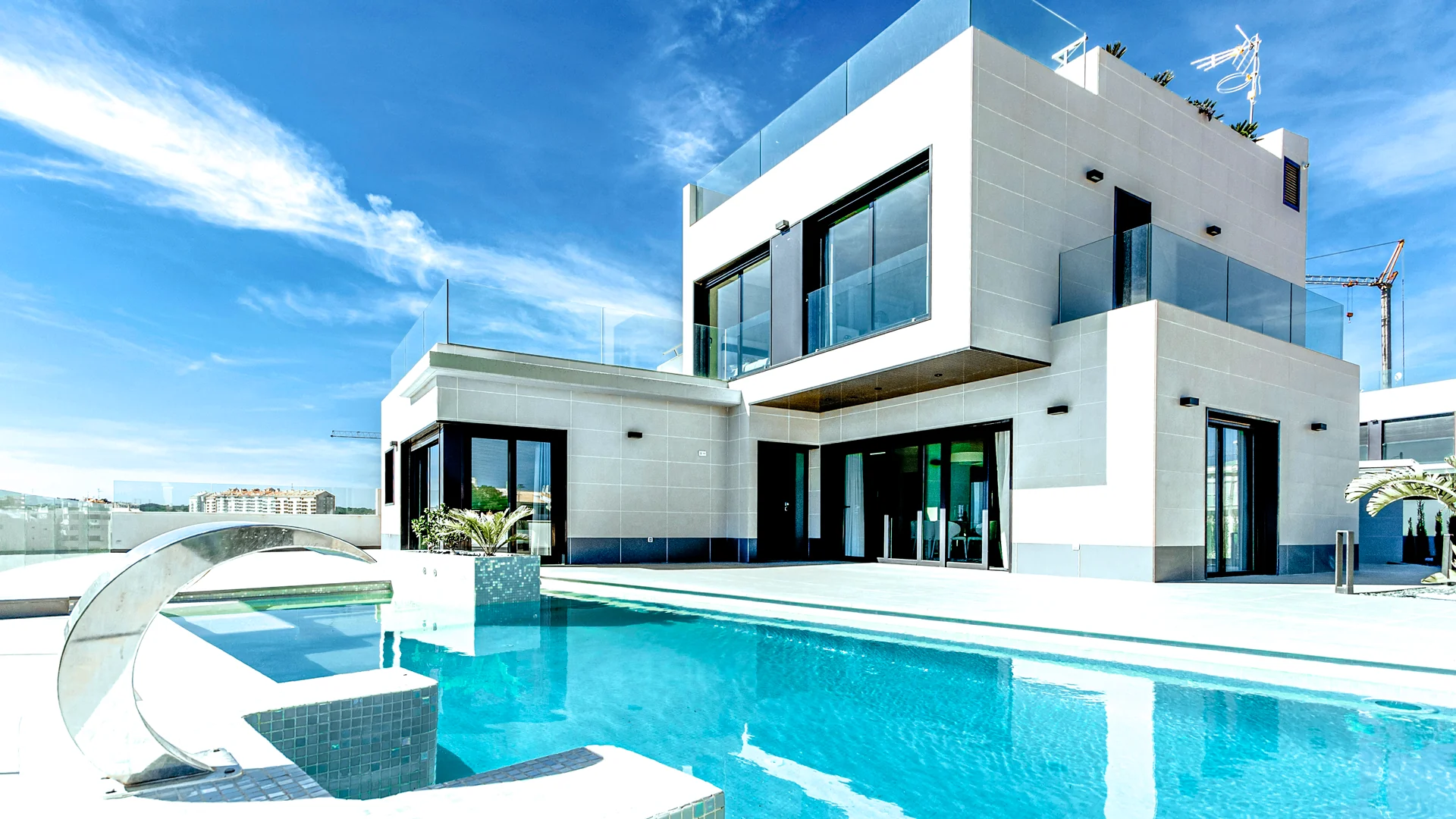
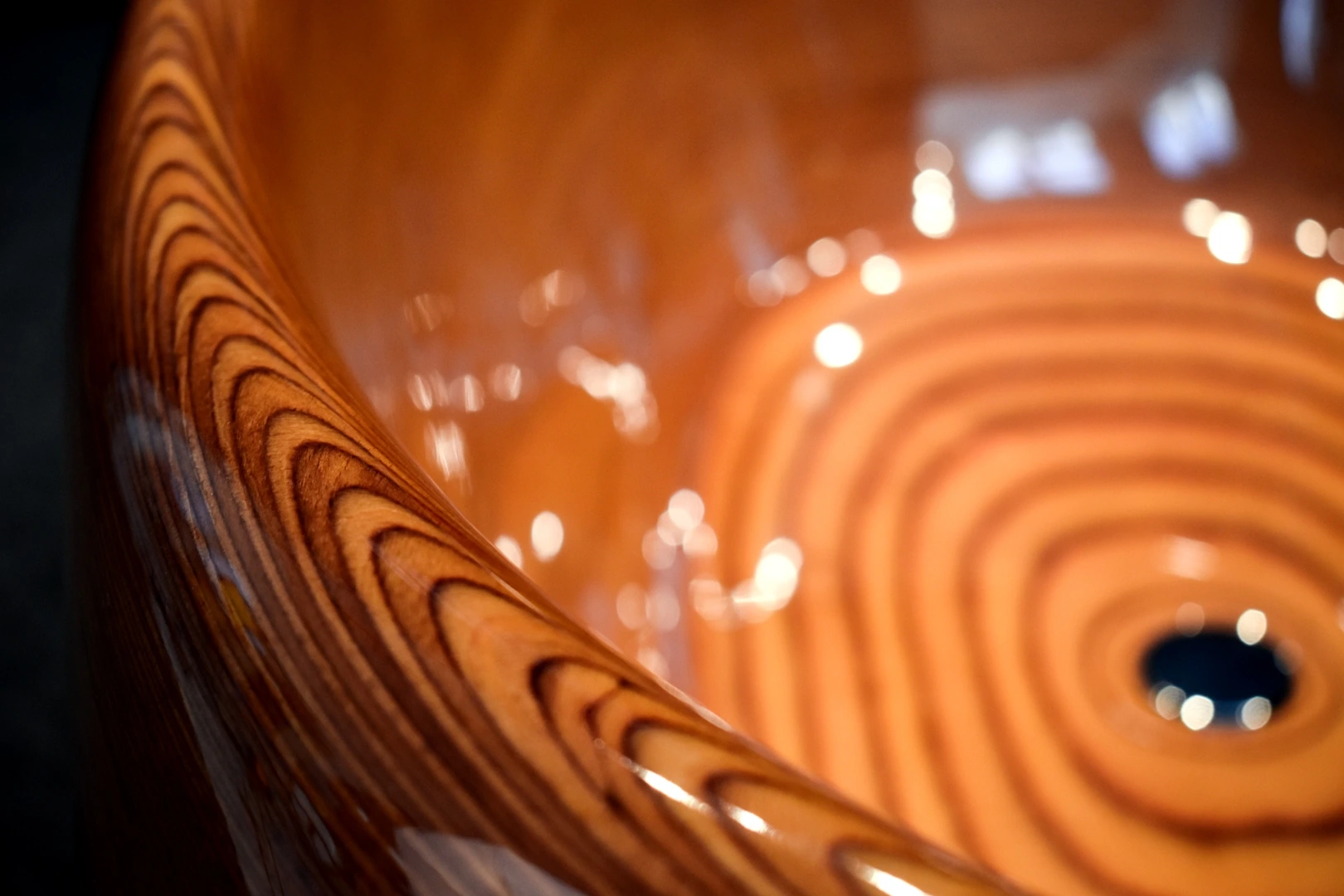
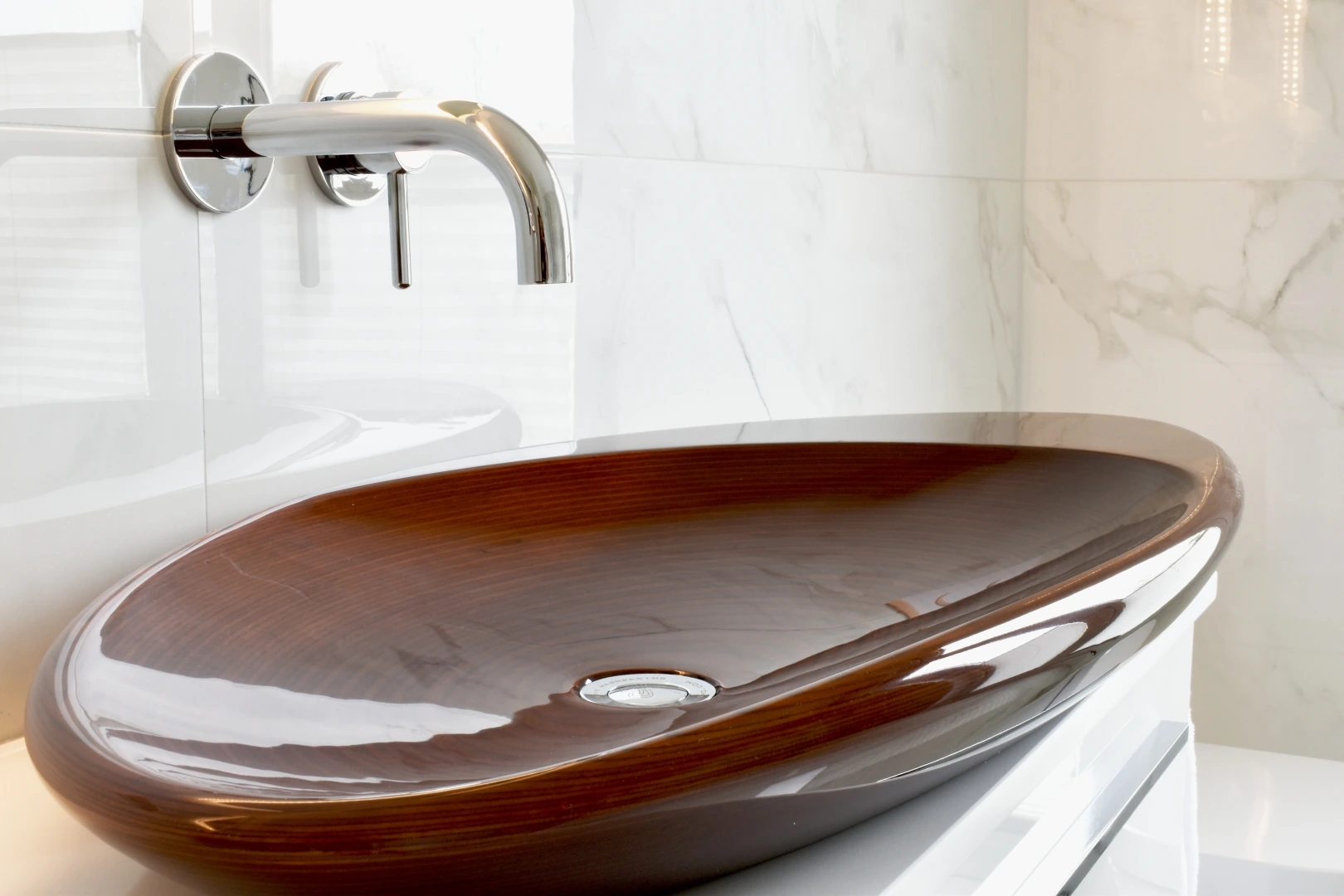
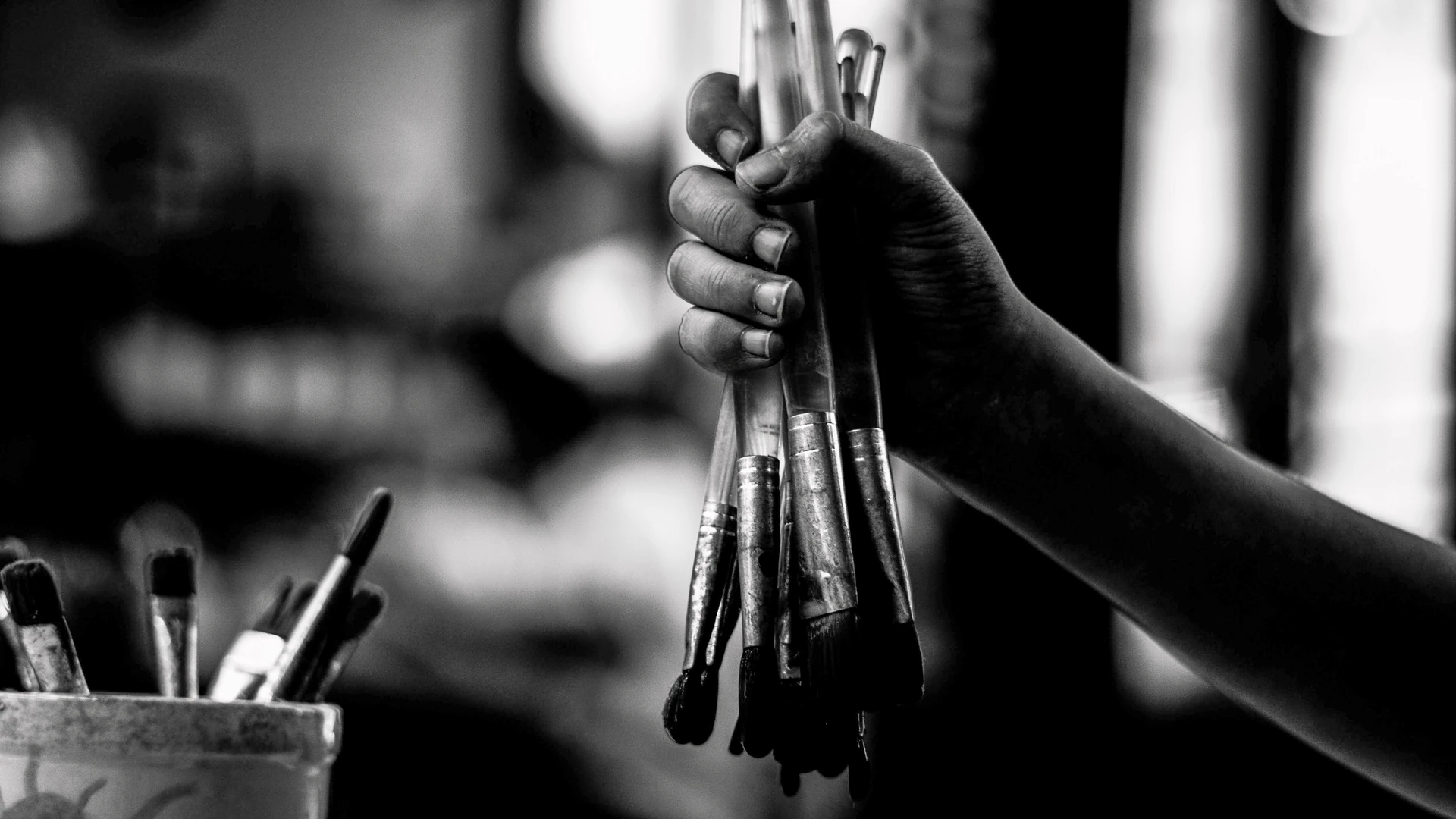
Leave a Reply